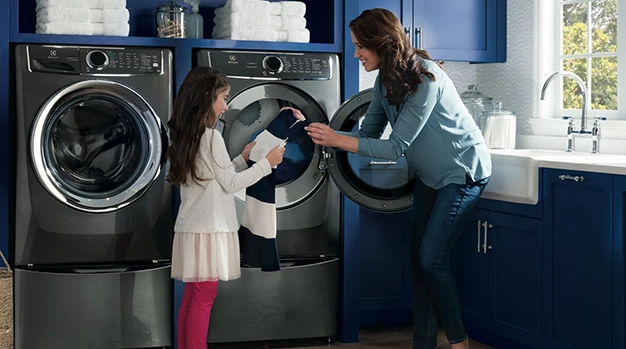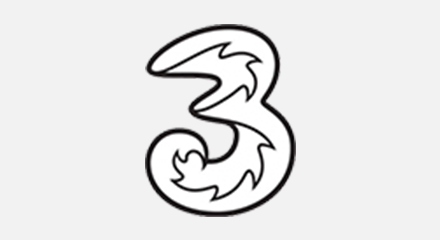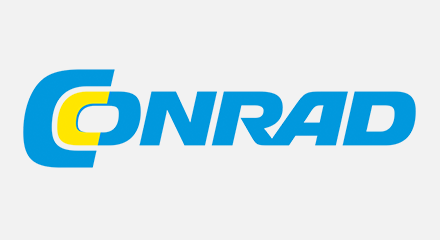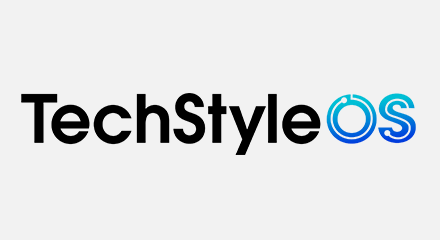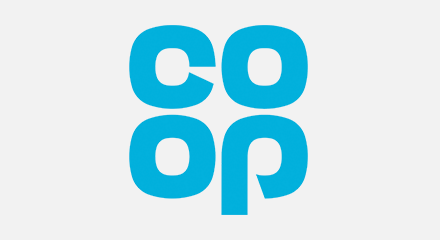Groundbreaking B2C and D2C sales strategy
One of the world’s biggest home appliance manufacturers, Electrolux strives to improve everyday life for millions. The Swedish company embodies this guiding principle in every idea, product and human interaction. It competes in a fast-changing market, where customers regularly switch between visiting stores and shopping online.
Driven by the rise in eCommerce, Electrolux saw an opportunity to develop B2C and D2C channels — launching its Consumer Centric Transformation (ConCenT) program with the goal of getting closer to its customers and driving sales. Success meant redesigning its contact centres for greater efficiency and faster innovation.
“Old technology stood in the way of realising our B2C and D2C model,” said Mateusz Jazdzewski, IT Consumer Experience Solutions Manager and Head of CX Product at Electrolux. “We had different channels on different systems with no CRM integration and limited outbound, routing and reporting tools. So, our agents struggled to track journeys, increasing handle time and making service inconsistent.”
Holistic consumer-centric solution
Electrolux executed a threefold B2C and D2C strategy. “We wanted a cloud platform that combined omnichannel routing, AI-powered analytics and a unified agent desktop for managing the D2C sales funnel,” added Jazdzewski. “Genesys Cloud gave us all this and more.”
Forming a solid omnichannel foundation, the Genesys Cloud platform ensures efficient multitasking with inbound, outbound, email and chat conversations managed from a single desktop. Agents quickly collaborate with colleagues using the Genesys Cloud interface, rather than having to navigate multiple screens and apps. Managers and supervisors always have visibility into what’s happening, instantly drilling down into reports and monitoring queues and workloads.
Voicebots and chatbots powered by Google Contact Center AI now detect customer intent and suggest self-serve options, or intelligently route calls to the best specialist with the right skills. “Once engaged with an agent, knowledge is automatically surfaced from SAP C4C and our knowledge management systems, ensuring they have all the information needed to resolve the customer’s particular issue,” said Jazdzewski.

